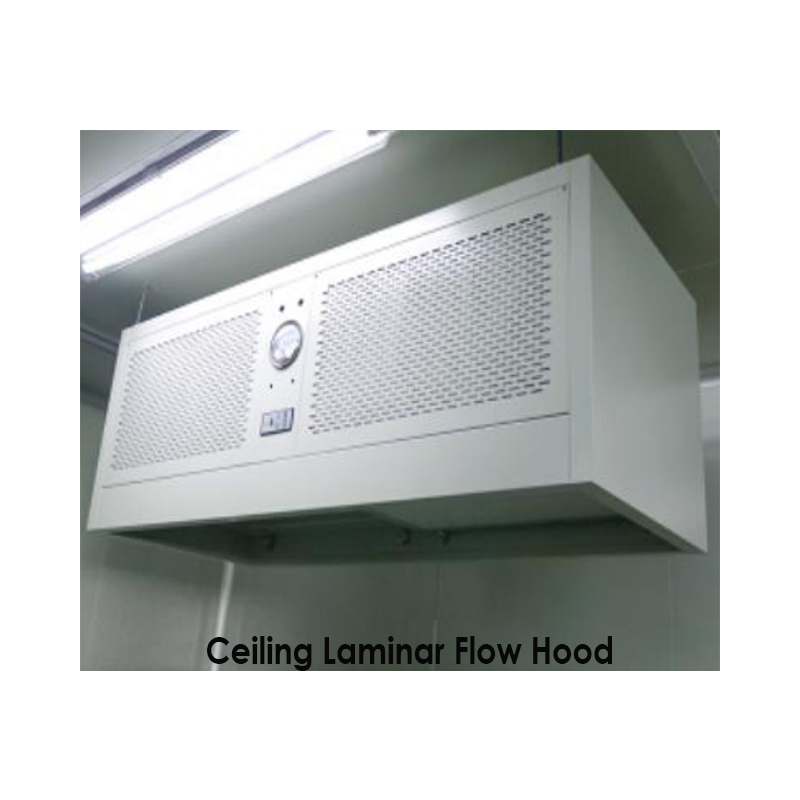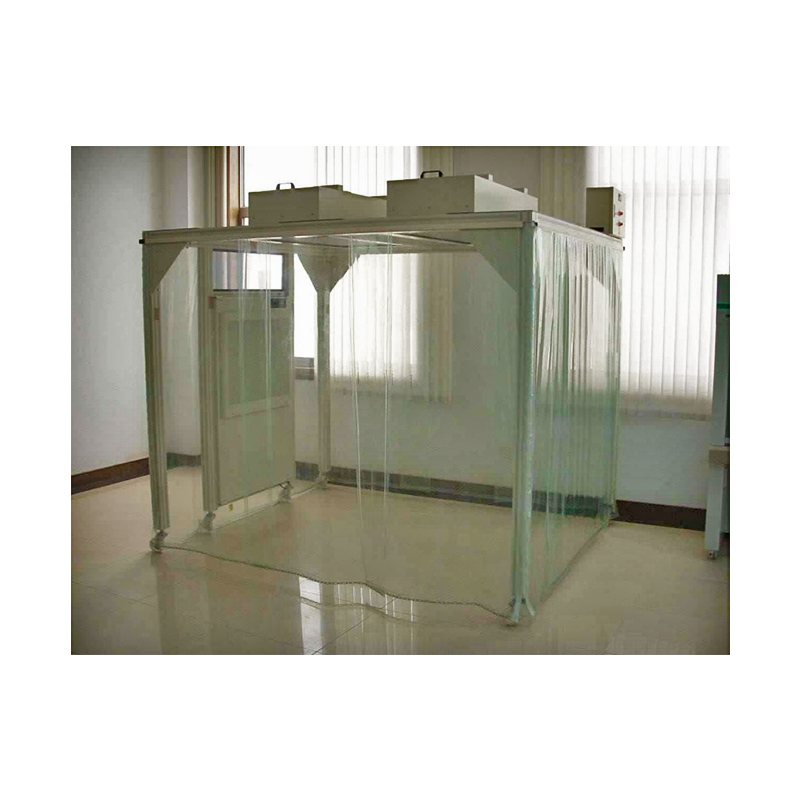COMPANY NEWS
Introduction of Laminar Flow Hood
The laminar flow hood is composed of a box, a fan, a high-efficiency air filter, a damping layer, a lamp and other components, which can isolate the product to avoid pollution, and can also draw clean air from the clean room, and place the clean air through the fan. In the area, the exhaust gas is finally discharged from the bottom.
Compared with a separate clean room, the laminar flow hood has a more prominent effect, is more convenient to operate, and requires a lower price. It not only has low requirements for the construction of the factory building, but also saves energy and electricity. The chemical industry and other departments have the most uses.

The laminar flow hood has relatively low requirements for the environment used, so this kind of clean equipment is the most popular in the market. Below 65dB(A), as long as it can be used under 220V 50HZ power supply, it is cost-effective.
It can be installed in new clean rooms and clean workshop renovations. It is more effective to use with clean rooms. It is not only low cost, but also very convenient to maintain. It can improve the cleanliness level, reduce noise and vibration, and also reduce costs, installation and maintenance. Convenient and easy to install.
Installation process
1. The filter before installing the laminar flow hood must be shut down before installation can begin;
2. First observe and check whether the laminar flow hood is damaged, point the new high-efficiency filter against the bright place, and observe whether the high-efficiency filter is damaged due to transportation and other reasons, such as whether the filter paper has loopholes and cannot be used, etc.;
3. The fan filter components of the laminar flow hood are installed in the newly built clean room or clean workshop;
4. When installing, lift up the box of the high-efficiency filter, then take out the high-efficiency filter that has lost its effect, replace it with a new high-efficiency filter, check to ensure that the four frames are sealed, and then return the box cover to its original position ;
5. When installing, pay attention to unpacking, handling and installation to ensure that the filter paper is intact and undamaged. Never touch the filter paper with your hands to cause damage.

Features
1. The laminar flow hood adopts a special fan, which has a long service life and is basically maintenance-free, and can realize computer group control and remote control functions.
2. It adopts special flow channel and flow equalization system design, which has the characteristics of low noise and uniform laminar flow of wind speed.
3. The independent structure of the laminar flow hood can be adjusted at any time to make up for the lack of mobility in the clean room, thus solving the disadvantage that the production process should not be adjusted.
4. The laminar flow hood has high cleanliness, and the lower end of the laminar air supply has a cleanliness of class 100.
5. The shell structure can be made of stainless steel, aluminum plate and cold-rolled steel plate by electrostatic spraying, which has the advantages of light weight, anti-corrosion, anti-rust and beautiful appearance.
6. The laminar flow hood is one of the best purification equipment for occasions with high cleanliness requirements.
The laminar flow hood is an air purification unit that can provide a local clean environment. It can be flexibly installed above the process points that require high cleanliness. The clean laminar flow hood can be used alone or combined into a strip-shaped clean area.
The laminar flow hood is to form a uniform flow layer after the air passes through the high-efficiency filter at a certain wind speed, so that the clean air flows in a vertical one-way direction, thereby ensuring the cleanliness of the working area to meet the process requirements.
The above is the introduction of the characteristics of the laminar flow hood. The laminar flow hood is widely used in industry, mainly to protect and isolate some products. It is a kind of equipment with quick effect, convenient installation and low cost.
